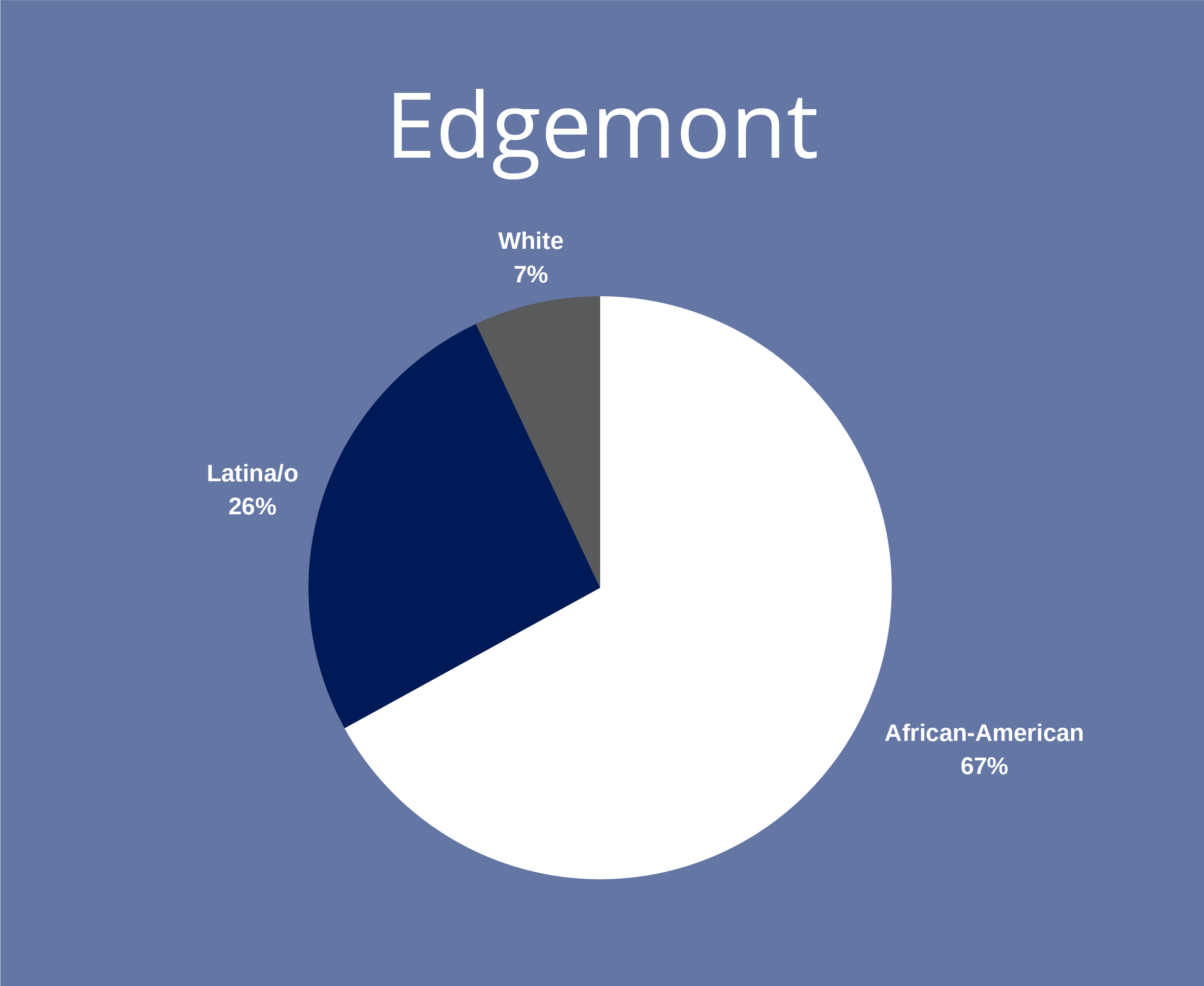
Diabetes
Racial Health Disparity
Where you live in Durham has a lot to do with your chance of developing diabetes.
On Durham’s west side, the two predominately white, adjoining neighborhoods of “Old West Durham” and Watts-Hillandale have some of the lowest diabetes rates in the city.
On the other side of town, the historic and racially diverse neighborhood of Edgemont, located next to East Durham, has some of the city’s highest diabetes rates.
Why the Difference?
One obvious difference between these sets of neighborhoods is access to healthy food. The two west Durham neighborhoods have six grocery stories, one of which specializes in organic food. Their counterparts in east Durham have only two food stores, which had to be drawn in with incentives. These differences might be attributed to income and education, as well as the racial composition of these contrasting areas. But they are also the product of history.
Both east and west Durham began as prosperous communities centered on mill villages, with ready access to food. They evolved in strikingly different ways, as a result of racially-biased housing policies.
Durham By the Numbers
Diabetes rate of Black population
0
%
Diabetes rate of Hispanic population
0
%
Average adult diabetes rate
0
%
Diabetes rate of White population
0
%


